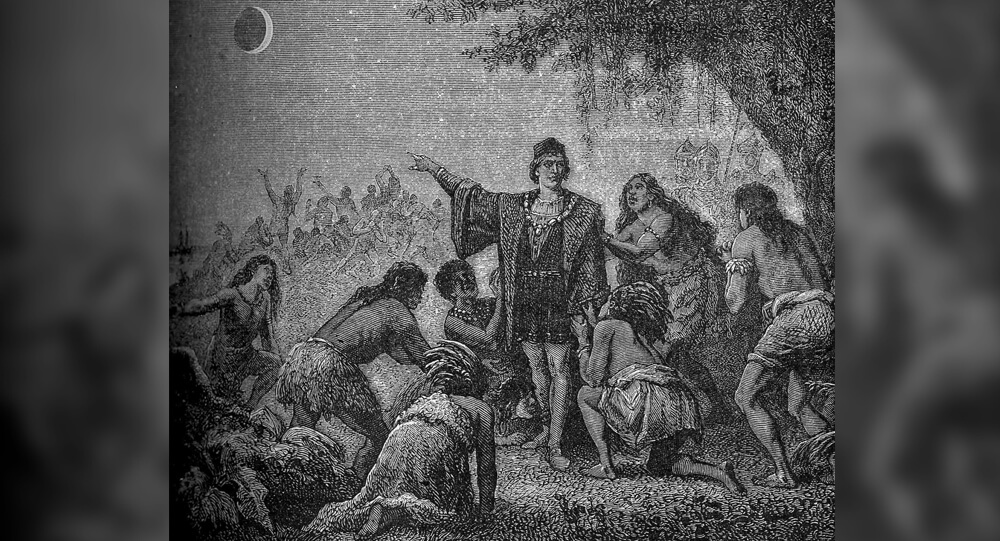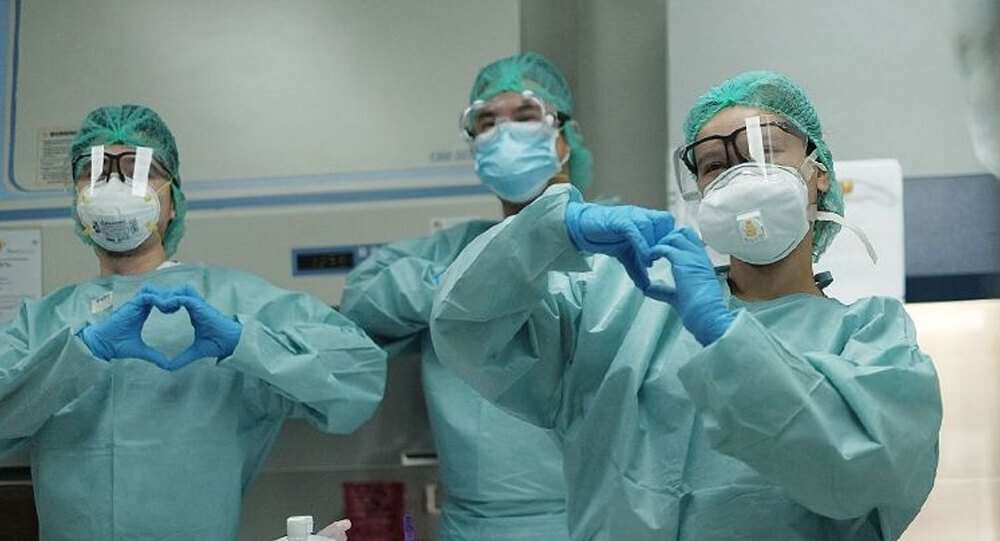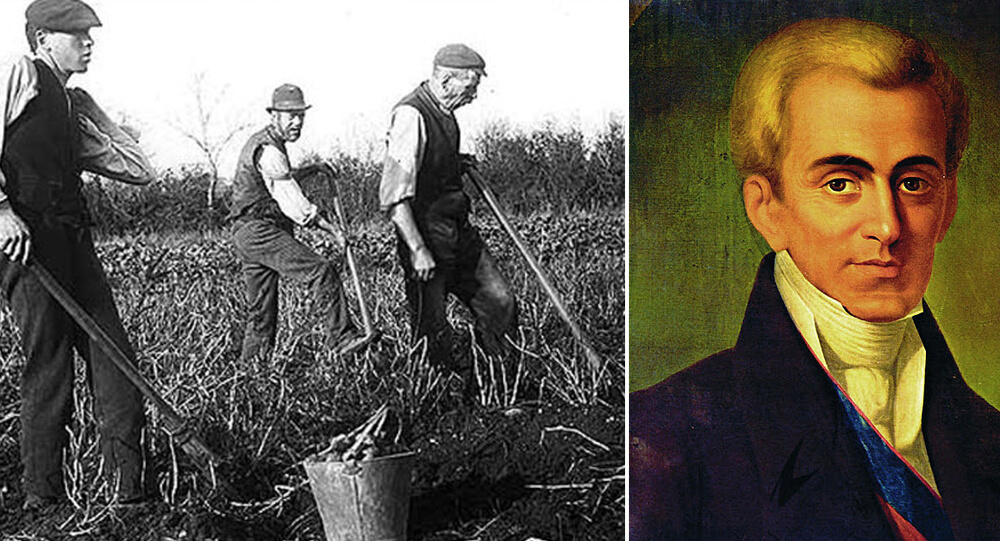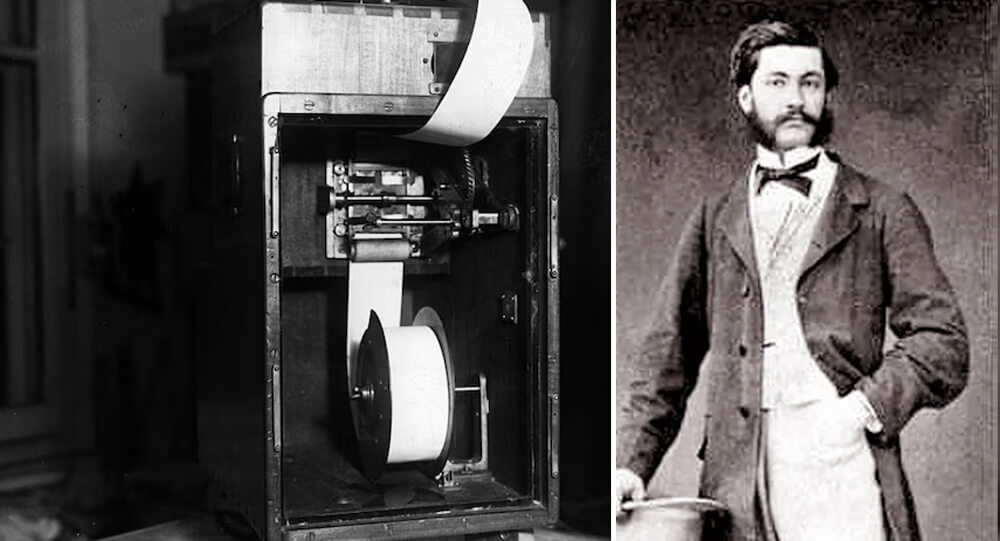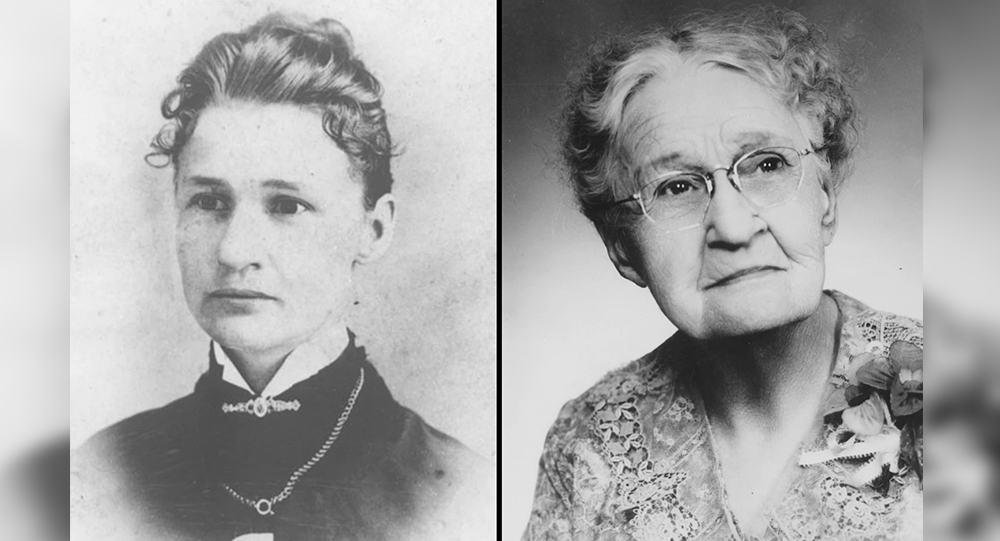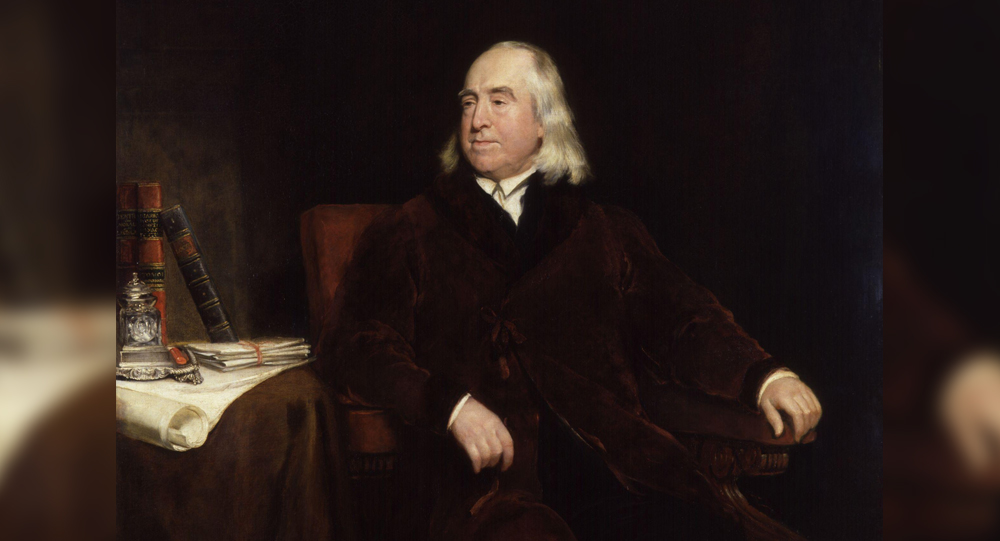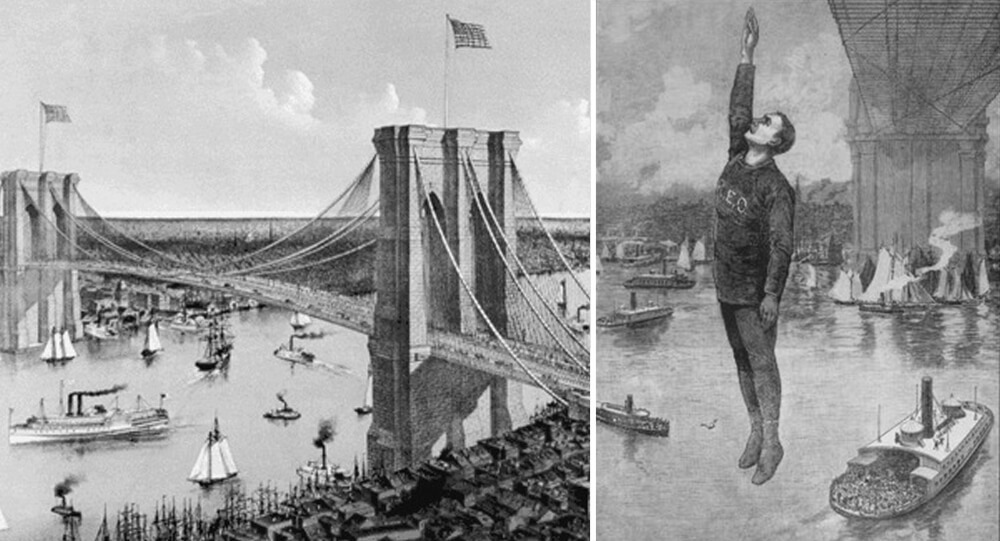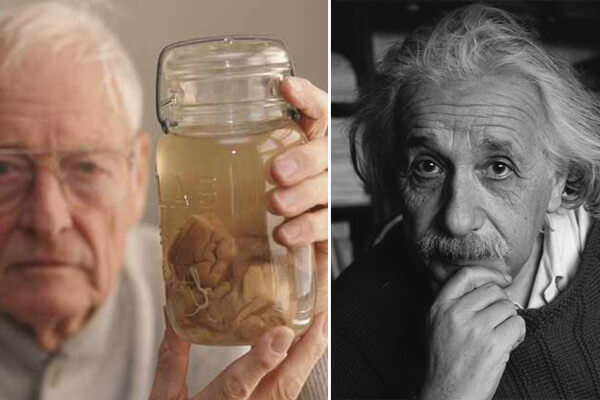
Albert Einstein’s brain was taken by the opportunistic pathologist who performed his autopsy hours after he died and kept in two jars for 30 years.
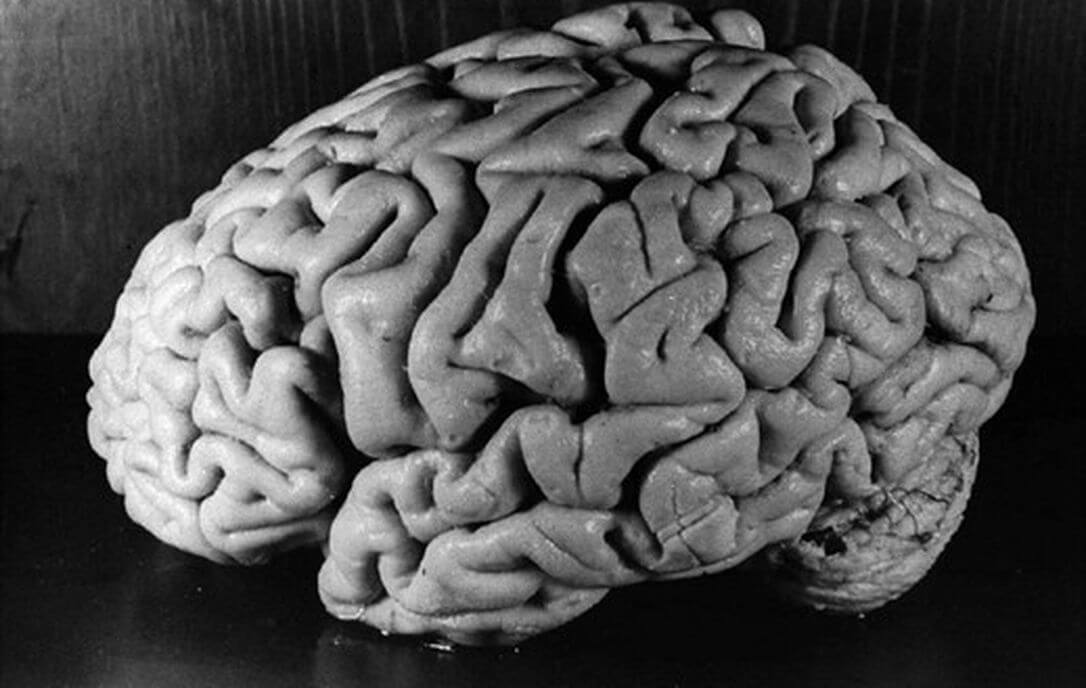
The stolen brain of Albert Einstein was preserved in a cookie jar for 30 years until being discovered by a journalist.
Albert Einstein’s brain became a prized possession after his death as a result of his world-famous genius. Albert Einstein’s brain was stolen and an autopsy was done on him just hours after he died on April 18, 1955.
While Einstein’s son was first upset, he eventually agreed to allow the doctor, Thomas Harvey, to transfer the brain to researchers who wanted to see if the physicist’s genius stemmed from a physically different brain.
That tortuous, decades-long search has brought some controversial results, maybe at the expense of the Einstein family and the genius himself.
Thomas Harvey stole Albert Einstein’s brain.
Albert Einstein was born on March 14, 1879, in Ulm, Germany, and left an incomparable legacy, from knowing Charlie Chaplin to escaping Nazi Germany and revolutionizing physics.
Many scientists speculated that his brain might be physically different from the typical human mind because he was revered all around the world for his brilliance. So when he died of a ruptured aorta in Princeton Hospital at the age of 76, Thomas Harvey took his brain from his body right away.
Harvey “had some great professional ambitions based on that brain,” according to Carolyn Abraham, author of Possessing Genius: The Bizarre Odyssey of Einstein’s Brain.
Harvey not only stole Albert Einstein’s brain, but also the physicists’ eyeballs, which he handed to Einstein’s ophthalmologist.

On April 20, the rest of Einstein’s body was burned in Trenton, New Jersey, and his son, Hans Albert Einstein, discovered Harvey’s actions. He eventually consented to research the brain, but only on the condition that the findings be published in prestigious scientific journals.
Harvey went on to record and photograph the brain in great detail. He reportedly weighed it at 1,230 grams, which was lighter than the average for guys his age. He then chopped the brain into 240 bits, photographing them and commissioning a painting of them.
Harvey stated that his motivation was entirely scientific, and he drove the brain across the country in order to donate bits of it to interested scientists. The clever pathologist even provided samples to the United States Army.
“They believed that having it would put them on a level with the Russians, who were collecting their own brains at the time,” Abrahams explained. It was a thing that people were gathering brains.”
Harvey’s obsession with Albert Einstein’s brain, on the other hand, cost him not only his position at Princeton but also his medical license and family.
Harvey moved to Wichita, Kansas, where he kept the brain in a cider box behind a beer cooler, to the shock of one writer in 1978. The first research of Einstein’s brain was released in 1985 after word got out, with contentious results.
Was It Really That Different From The Average Mind?

The first investigation of Albert Einstein’s stolen brain, published in Experimental Neurology in 1985, indicated that it did indeed appear physically different from the average brain.
The genius was said to have a higher-than-average number of glial cells, which keep the brain’s neurons oxygenated and therefore active.
A further study published in 1996 by the University of Alabama at Birmingham claimed that these neurons were also more densely packed than typical, allowing for faster information processing.
Further analysis of Harvey’s images three years later suggested that Einstein’s inferior parietal lobule was wider than typical, suggesting that he was a more visual thinker than others.
In 2012, research stated that Einstein’s brain has an additional ridge in the mid-frontal lobe, which is connected with planning and remembering.
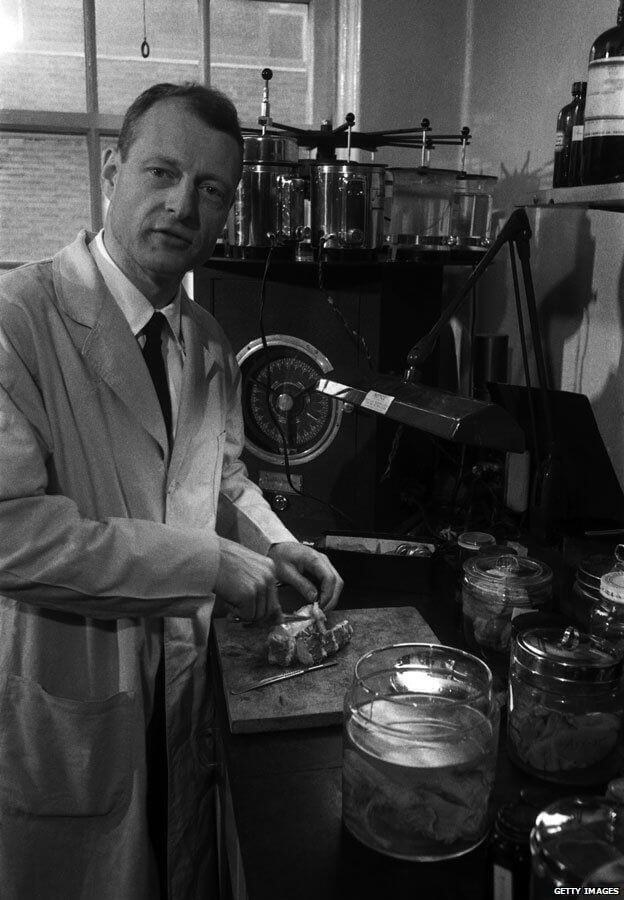
However, some question this research, such as Pace University psychologist Terence Hines, who described them as “neuromythology.”
“You can’t take just one brain of someone who is different from everyone else – and we pretty much all are – and say, Ah-ha!” he said strongly. ” I’ve discovered what makes T. Hines a stamp collector.”
Hines isn’t the only one who is skeptical. “I don’t know if Einstein was a genius because his parietal lobes were different,” neurologist Dr. Frederick Lepore, who collaborated on the 2012 study, said. ‘Where is special relativity?’ you could ask if you placed my feet to the fire. We have no idea where general relativity came from.”
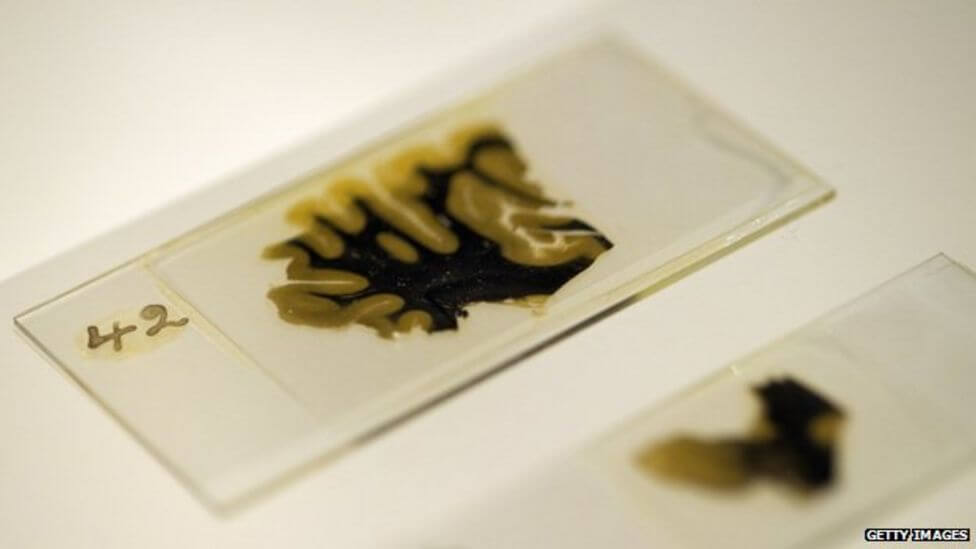
Despite the fact that most of Einstein’s brain was returned to Princeton Hospital, the issue regarding its particular is unlikely to be resolved anytime soon. However, other slides of the legendary organ were donated to medical organizations.
Before his death in 2007, Thomas Harvey gave the rest of Einstein’s brain to the National Museum of Health and Medicine, with samples of his own on display at the Mütter Museum in Philadelphia.

How European Rabbits Took over Australia
In 1859, wealthy settler Thomas Austin released 13 wild rabbits on his Australian estate. By 1920, their population grew to 10 billion.

Ancient Jericho: The First Walled City In History
The ancient city of Jericho is the world's oldest walled city, with evidence of stone fortifications dating back nearly 9000 years.

The Littlest Skyscraper: How J.D. McMahon’s 480-Inch Con Fooled Investors in 1919
In 1919, J.D. McMahon convinced investors to fund a 480-foot skyscraper, but he labeled the plans as 480 inches, building a 40-foot structure instead. After taking $200,000, he won in court since the plans matched what he built.

Why the Brooklyn Bridge Was Once Crossed by 17 Camels and 21 Elephants
On May 30, 1883, a rumor that the Brooklyn Bridge was going to collapse caused a stampede, which killed at least at twleve people. To prove the bridge was safe, P.T. Barnum led a parade of 21 elephants over it.

The Horrific story of Ariel Castro and the Cleveland abduction
Cleveland abduction victims Gina DeJesus, Michelle Knight, and Amanda Berry were forced to live in Ariel Castro's house of horrors for 10 years. He raped and beat them until they escaped in 2013.

How a Total Lunar Eclipse Saved Christopher Columbus in 1504
In 1504, Christopher Columbus was stranded in Jamaica with natives who refused to give him food. But he knew the date and time of an upcoming lunar eclipse. So he told the natives that his gods were angry at their treatment of him, and would provide a clear sign. Once the eclipse started, the natives raced to give him food and begged for mercy.

story of the youngest mother in the world at age of five - Lina Medina
Lina Medina, a five-year-old Peruvian girl, became the youngest mother in history in 1939 when she gave birth to a boy.

Philippines, the largest supplier of Nurses in the World
Philippines is the world’s largest supplier of nurses, supplying roughly 25% of all overseas nurses worldwide.

15 interesting facts about Queen Elizabeth II
Queen Elizabeth II, who ruled Britain for 70 years, has away at the age of 96. She was the country's longest-reigning monarch. Here are some little-known facts about her.

How Greek prime minister in 1830’s tried to spread the potato in Greece
A Greek prime minister in 1830’s tried to spread the potato in Greece but people weren’t interested so he put armed guards in front of shipments of potatoes so people would think they were important. People later started stealing these potatoes a lot which spread the crop to all of Greece.

How did Howard Florey discover penicillin
Penicillin was discovered by Alexander Fleming, but he never attempted to turn it into an antibiotic. It wasn't until ten years later that Howard Florey discovered Fleming's obscure paper and understood the mold's potential. Up to 200 million lives may have been saved as a result of Florey's work.

Louis Le Prince Invented the motion picture camera, and then he mysteriously disappeared
Louis Le Prince, the inventor of motion pictures, vanished without a trace in 1890. Thomas Edison quickly claimed the title of "first and sole inventor of cinema," even taking Le Prince's son to court to dispute it. A few years later, the son also dies under mysterious circumstances.

The true story of Annie Oakley, legendary sharpshooter
Anne Oakley was such a good shooter that she could split a playing card help edge-on, hit dimes thrown into the air, shoot cigarette from her husband's lips, and pierce a playing card thrown into the air before it hit the ground.

Susanna Salter: The Trailblazing Story of America’s First Female Mayor
In 1887, Susanna Salter became the first female mayor in the United States, elected in Argonia, Kansas. Her nomination was initially a prank by men opposing women in politics. However, she won by a landslide and served effectively, inspiring the women’s suffrage movement and breaking barriers for women in leadership.

How 18th Century Women’s Rights Movements Shaped Modern Equality
The 18th century marked a turning point in the quest for women’s rights, as passionate voices challenged centuries of gender inequality and laid the groundwork for modern feminism. From pioneers like Mary Wollstonecraft to revolutionary declarations and early advocacy, this era sparked debates on education, political participation, and social justice that continue to resonate today. Journey through the origins of women’s rights movements and discover how their bold ideas shaped the fight for equality.

Robert Odlum, the first person to jump off the Brooklyn Bridge
The first person to jump off the Brooklyn Bridge was a professional high diver who "wanted to demonstrate that people did not die simply by falling through the air, thus encouraging people to be willing to jump from a burning building into a net." He proved himself correct by safely falling 135 feet through the air and dying only when he hit the water.

Charlie Brown and Franz Stigler incident: Enemy became friends
During WWII, a German pilot spotted an American pilot’s crippled plane in the sky. Tailing it, he noticed that gunner was dead, crew injured, and they posed no threat. Instead of destroying the plane, he led it to safety. 40 years later, the two pilots reunited.

Juliane Koepcke: The Teenager Who Fell 10,000 Feet And Trekked The Jungle to survive
In 1971, a high school student was sucked out of an airplane after it was struck by lightning. She fell 10,000 feet to the ground while still strapped to her chair and survived. Only to endure a 9-day trek to the nearest civilization.

Vince Coleman, a railway dispatcher, sacrificed his own life
Vince Coleman, a railway dispatcher, sacrificed his life in order to warn an incoming train of an imminent explosion. His telegraph said “Hold up the train. Ammunition ship afire in harbor making for Pier 6 and will explode. Guess this will be my last message. Good-bye, boys.” He saved 300 lives.

Terry Fox, a 21-year-old one-legged cancer patient who ran 143 days before dying
Terry Fox was a 21-year-old one-legged cancer patient who ran 3,339 miles across Canada in 143 days before dying.

The youngest person executed, George Stinney Jr was proven innocent
In 1944, George Stinney Jr. was 14 years old when he was executed in South Carolina. It took only ten minutes to convict him — and 70 years to exonerate him.

The History Behind the “No One Dies Alone” Program
In 1986, while doing a night shift at the hospital, Sandra Clarke, a registered nurse, was asked by an elderly patient to stay. She promised to be back after checking on her other patients, but by the time she returned, the gentleman had passed away. Clarke became one of the key figures in launching No One Dies Alone, a program that allows volunteers to sit with terminal patients who have no one else.

Top 10 Greatest and shocking Archaeological Discoveries of All Time
While we're all locked at home, there's no better way to escape to another time and place than to learn about amazing archeological sites and discoveries from around the world. Here are the 10 greatest and shocking archaeological discoveries —and don't be shocked if they inspire future trip plans whenever it's safe to do so again.

The Bizarre (And Magical) Duel Between Chung Ling Soo And Ching Ling Foo
Ching Ling Foo and Chung Ling Soo were two magicians from the early 20th century who were bitter rivals. While Ching Ling Foo was genuinely Chinese, Chung Ling Soo was actually a New Yorker named William Robinson.

History of Treadmill, punishment for prisoners
Treadmills were originally a punishment used to harness human power on a giant wheel used to grind grains, hence the name "treadmill." The History of Treadmill





